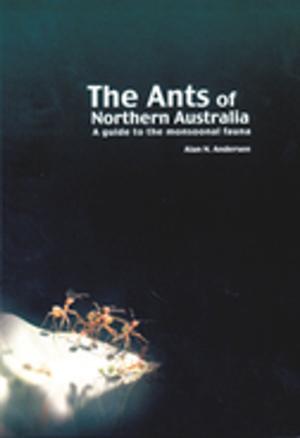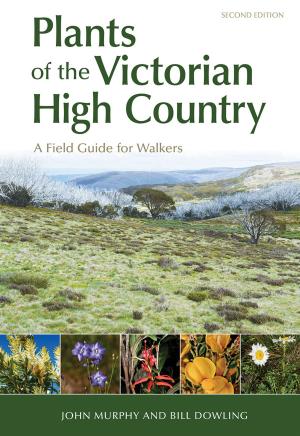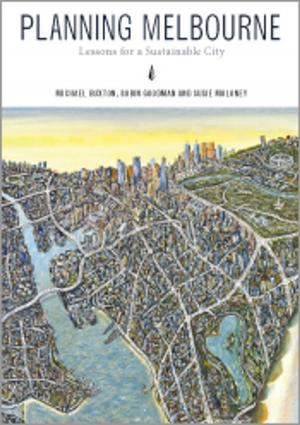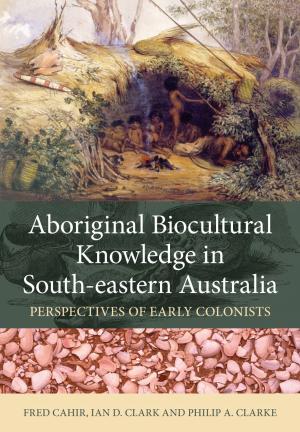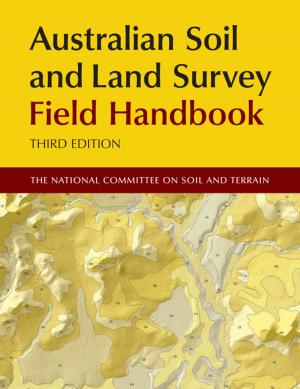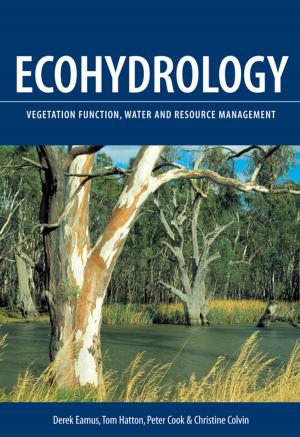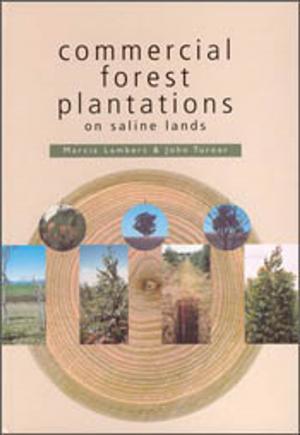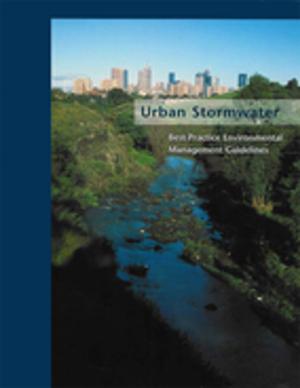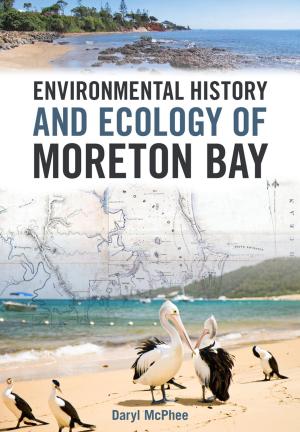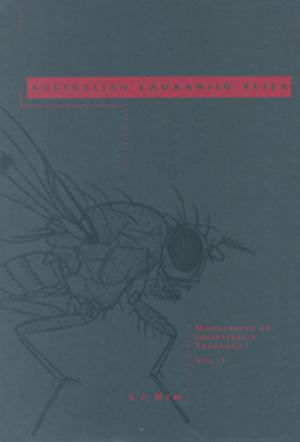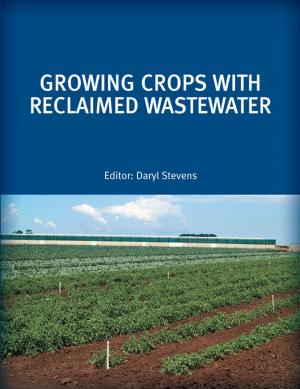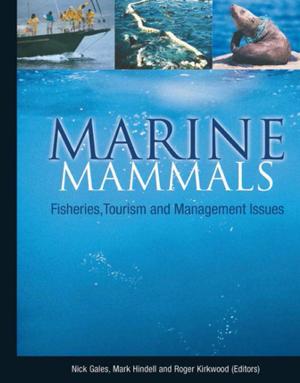Wildlife, Fire and Future Climate
A Forest Ecosystem Analysis
Nonfiction, Science & Nature, Science, Biological Sciences, Ecology, Environmental Science, Nature| Author: | ISBN: | 9780643099852 | |
| Publisher: | CSIRO PUBLISHING | Publication: | July 1, 2002 |
| Imprint: | CSIRO PUBLISHING | Language: | English |
| Author: | |
| ISBN: | 9780643099852 |
| Publisher: | CSIRO PUBLISHING |
| Publication: | July 1, 2002 |
| Imprint: | CSIRO PUBLISHING |
| Language: | English |
The conservation of Earth's forest ecosystems is one of the great environmental challenges facing humanity in the 21st century. All of Earth's ecosystems now face the spectre of the accelerated greenhouse effect and rates of change in climatic regimes that have hitherto been unknown. In addition, multiple use forestry – where forests are managed to provide for both a supply of wood and the conservation of biodiversity – can change the floristic composition and vegetation structure of forests with significant implications for wildlife habitat. Wildlife, fire and future climate: a forest ecosystem analysis explores these themes through a landscape-wide study of refugia and future climate in the tall, wet forests of the Central Highlands of Victoria. It represents a model case study for the kind of integrated investigation needed throughout the world in order to deal with the potential response of terrestrial ecological systems to global change. The analyses presented in this book represent one of the few ecosystem studies ever undertaken that has attempted such a complex synthesis of fire, wildlife, vegetation, and climate. Wildlife, fire and future climate: a forest ecosystem analysis is written by an experienced team of leading world experts in fire ecology, modelling, terrain and climate analysis, vegetation and wildlife habitat. Their collaboration on this book represents a unique and exemplary, multi-disciplinary venture.
The conservation of Earth's forest ecosystems is one of the great environmental challenges facing humanity in the 21st century. All of Earth's ecosystems now face the spectre of the accelerated greenhouse effect and rates of change in climatic regimes that have hitherto been unknown. In addition, multiple use forestry – where forests are managed to provide for both a supply of wood and the conservation of biodiversity – can change the floristic composition and vegetation structure of forests with significant implications for wildlife habitat. Wildlife, fire and future climate: a forest ecosystem analysis explores these themes through a landscape-wide study of refugia and future climate in the tall, wet forests of the Central Highlands of Victoria. It represents a model case study for the kind of integrated investigation needed throughout the world in order to deal with the potential response of terrestrial ecological systems to global change. The analyses presented in this book represent one of the few ecosystem studies ever undertaken that has attempted such a complex synthesis of fire, wildlife, vegetation, and climate. Wildlife, fire and future climate: a forest ecosystem analysis is written by an experienced team of leading world experts in fire ecology, modelling, terrain and climate analysis, vegetation and wildlife habitat. Their collaboration on this book represents a unique and exemplary, multi-disciplinary venture.

